No sé tú, pero yo aprendo con práctica. Puedo leer y asimilar bastante material, y las representaciones visuales me ayudan mucho, pero aprender cosas nuevas me resulta más fácil cuando veo cómo se hace algo y luego lo intento. Esto también se llama emulación.
En los seres humanos, la imitación (copiar el proceso con precisión), la emulación (copiar el producto final sin ver el proceso) y la innovación (probar algo nuevo dentro de las mismas limitaciones) son las principales formas en que transferimos conocimiento, de modo que literalmente no tenemos que reinventar la rueda.
Según algunas definiciones, la capacidad que tenemos para imitar, emula, innovar y absorber nueva información constituye "inteligencia". Pero también estamos empezando a ver que existen muchos tipos de inteligencia que son exclusivos de los objetivos y el entorno de cada individuo.
Definir la “inteligencia” de los perros es complicado
Algunos perros parecen tener inteligencias innatas para ciertas tareas. Por ejemplo, nunca le enseñé a mi sabueso a levantar la pata delantera, estirar la trasera y quedarse quieto, pero sin duda lo hace muy bien cuando acecha a una ardilla.
También es muy bueno para superar obstáculos y esquivarlos, una habilidad que hemos perfeccionado en el entrenamiento deportivo para principiantes y que lo veo practicar regularmente en el bosque cuando persigue pequeñas criaturas.
Otros perros aprenden muy rápido a alertar ante un peligro potencial o a usar su olfato para detectar. La lista continúa, y dependiendo del perro —y a menudo de la raza—, este conocimiento innato o capacidad de aprendizaje rápido puede variar enormemente.
Según la Dra. Erin Hecht , las cosas en las que los perros son "inteligentes" pueden estar relacionadas con su raza (o, en el caso de mi perro, mezcla de razas) y cómo sus cerebros están estructurados un poco diferente.
Utilizando resonancia magnética para estudiar los cerebros de 63 perros que representan 33 razas diferentes, Hecht y su equipo descubrieron que algunos de los comportamientos que asociamos con diferentes razas (como la caza, la guardia, el pastoreo e incluso el compañerismo) en realidad se relacionan con la anatomía de sus cerebros.
Descubrieron que la caza visual y la recuperación, por ejemplo, involucraban regiones cerebrales activas en la visión y la orientación. Pero un punto importante que Hecht destaca sobre los hallazgos del equipo es que algunas habilidades que podrían parecer "naturales", como la habilidad de los sabuesos para rastrear, en realidad involucran sistemas de procesamiento neuronal más complejos que simplemente un circuito olfativo potente.
La estructura cerebral puede preparar a los perros para adquirir ciertas habilidades
En cuanto a una habilidad como el pastoreo, Hecht la compara con los humanos y el lenguaje. Es decir, el cerebro está preparado para la tarea, pero aun así requiere exposición para desarrollarla.
Ella dice : «El aprendizaje juega un papel crucial, pero claramente hay algo en el pastoreo que ya está presente en sus cerebros desde que nacen. No es un comportamiento innato, sino una predisposición a aprenderlo».
La conclusión más importante es que ninguna raza es más inteligente que otra.
La investigación de Hecht y su equipo sugiere que no existe un único tipo de "inteligencia" en los perros. Más bien, algunos perros son más aptos para aprender ciertas cosas, de ciertas maneras, y la estructura del cerebro es parcialmente responsable de ello.
Inteligencia y enseñanza de botones
Contrariamente a la creencia popular, la capacidad de un perro o gato para comunicarse con botones no se debe a una inteligencia "innata". Al contrario, todos los perros y gatos tienen el potencial de aprender esta habilidad. Comprender cómo su estilo de aprendizaje influye en el proceso de enseñanza le ayudará a seleccionar el kit de inicio adecuado y a preparar a su hijo para el éxito.
El estilo de aprendizaje no determina si pueden comunicarse con éxito con botones, sino cuándo empezarán a presionarlos. Reconocer y adaptarse a estos estilos es clave para facilitar su aprendizaje y comunicación.
Los estudiantes audaces están muy abiertos a probar cosas nuevas y las aprenden rápidamente. Su curiosidad y entusiasmo suelen impulsar el uso de los botones. Para ellos, recomendamos uno de nuestros Kits de Vocabulario Clave , que les proporciona muchos botones a mano para cuando este estudiante empiece a avanzar.
Los estudiantes constantes suelen estar dispuestos a probar cosas nuevas, pero a su propio ritmo. Puede que les lleve más tiempo empezar a esforzarse a medida que se familiarizan con el entorno, pero su progreso puede aumentar rápidamente una vez que lo hacen. Nuestros Kits de Inicio son perfectos para estudiantes constantes, ya que garantizan que comiencen con suficientes conceptos que les interesen y tengan botones adicionales a mano a medida que avanza su aprendizaje.
Los estudiantes indecisos suelen ser cautelosos al probar cosas nuevas. Son reflexivos, requieren paciencia y una experiencia gradual, comenzando con unos pocos botones y aumentando a medida que adquieren confianza. Incluso si tardan un mes o más en alcanzar su punto culminante, generalmente mantendrán una trayectoria estable a medida que empiezan a comprender cómo usar los botones para comunicarse. Recomendamos nuestro Kit de Prueba o los Kits de Inicio para estudiantes indecisos.

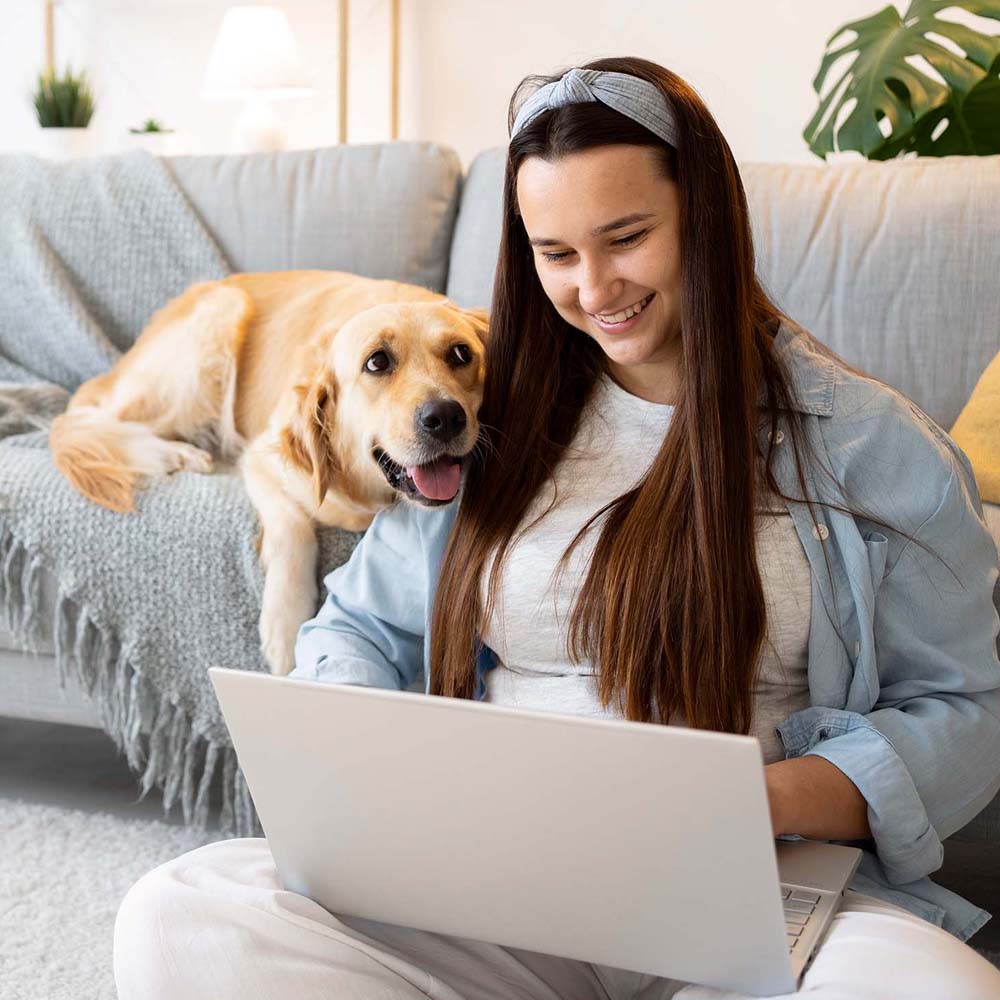
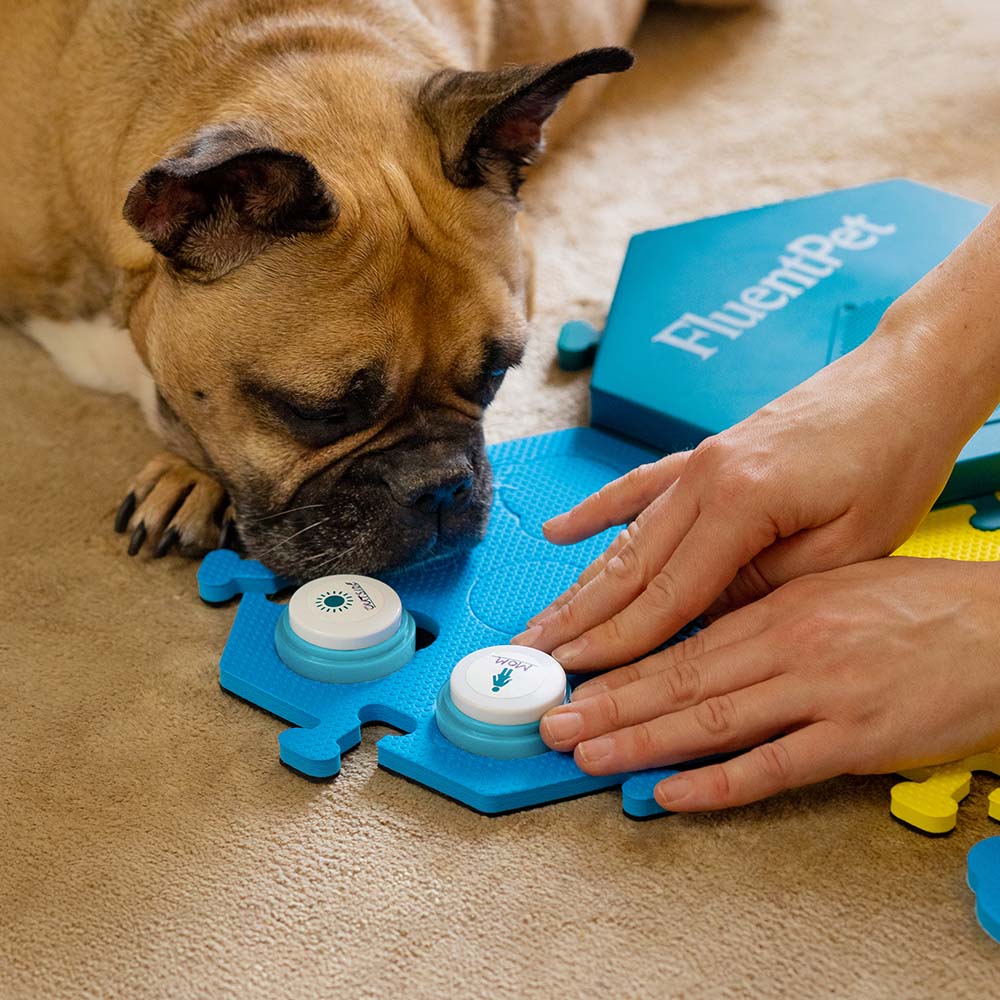
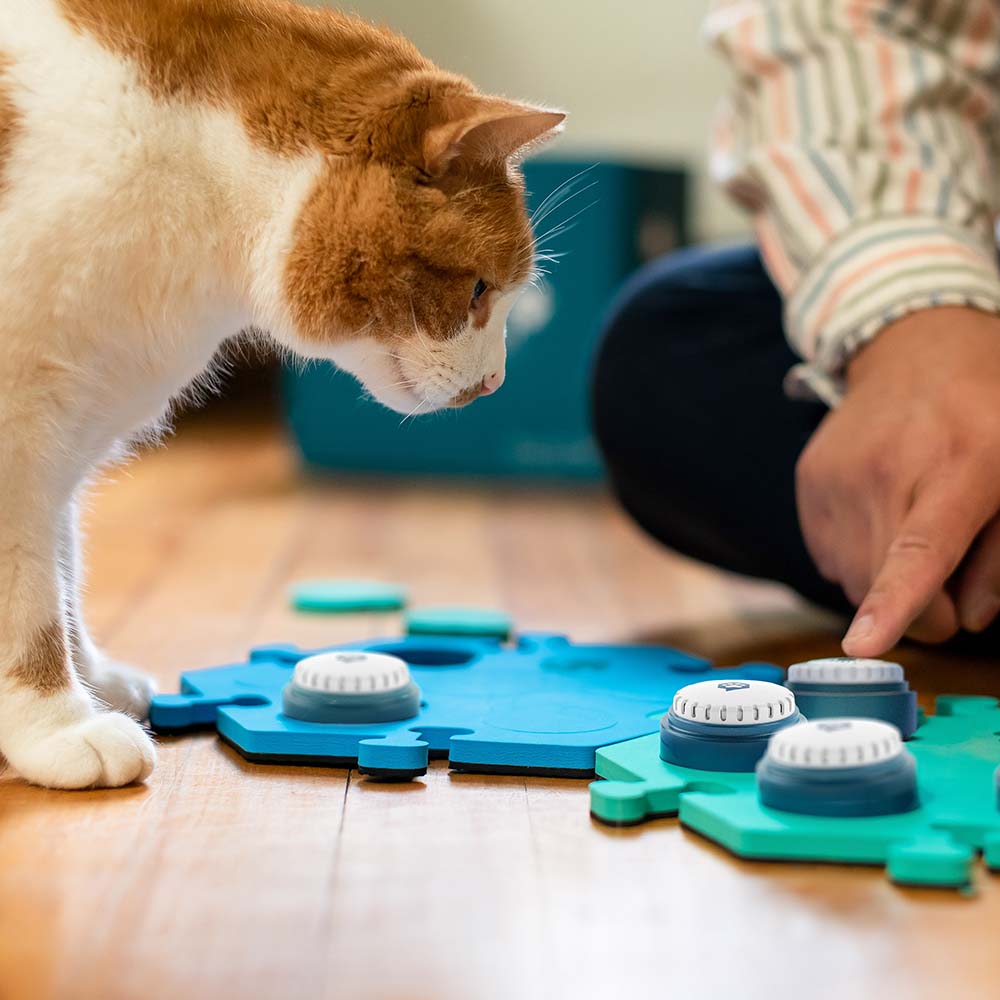
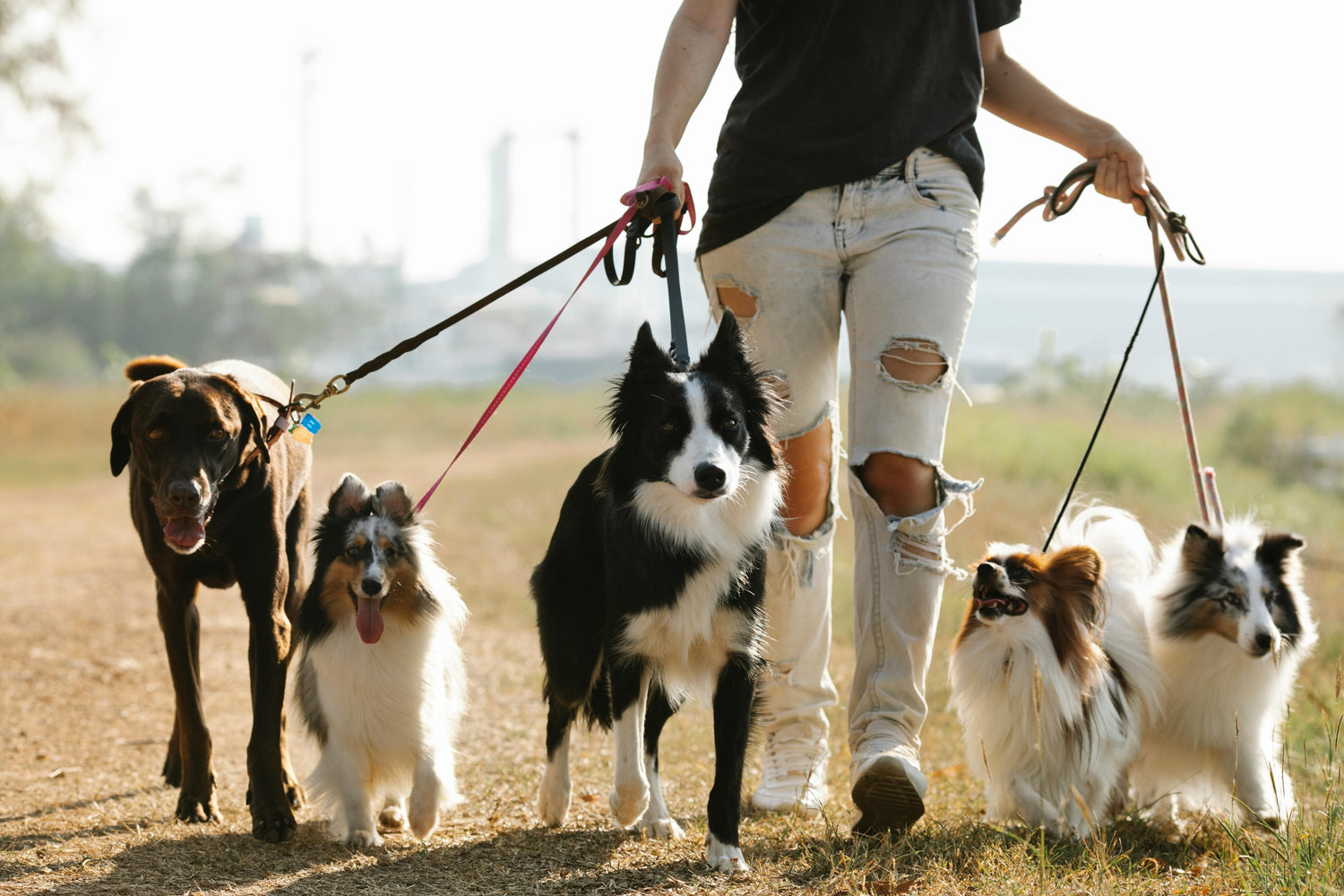

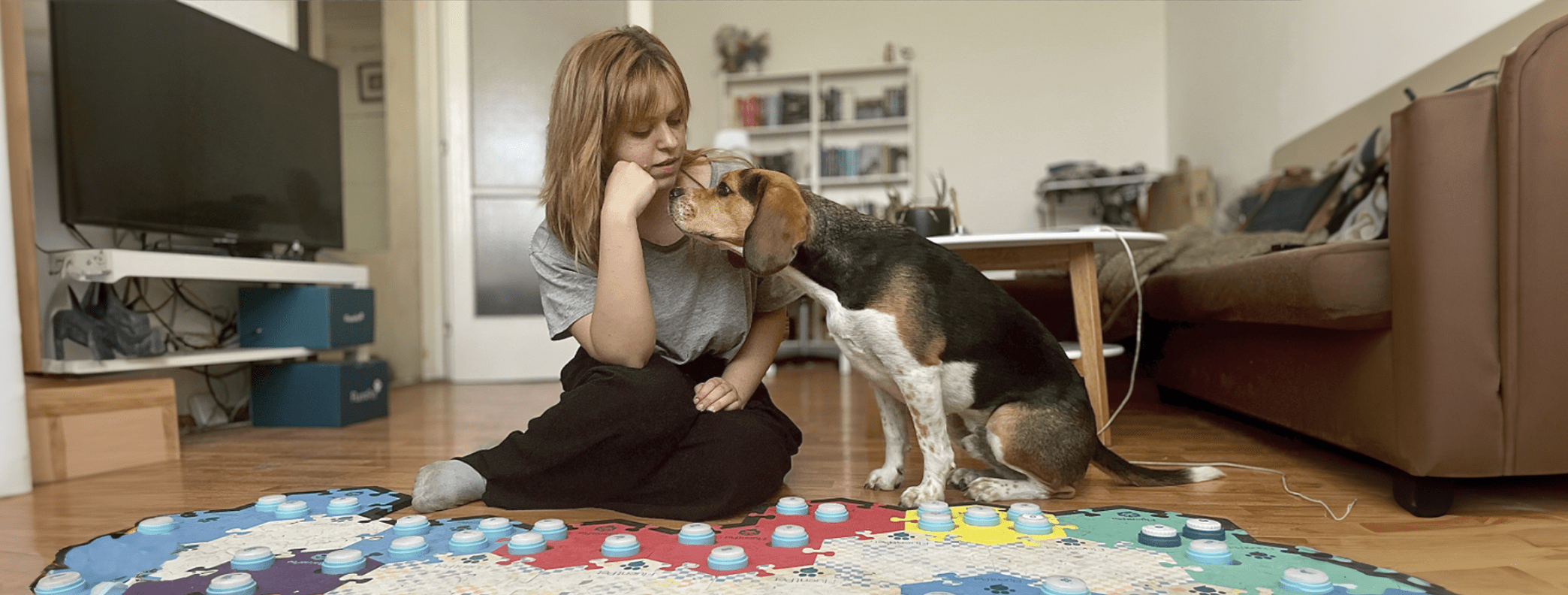
Dejar un comentario
Este sitio está protegido por hCaptcha y se aplican la Política de privacidad de hCaptcha y los Términos del servicio.